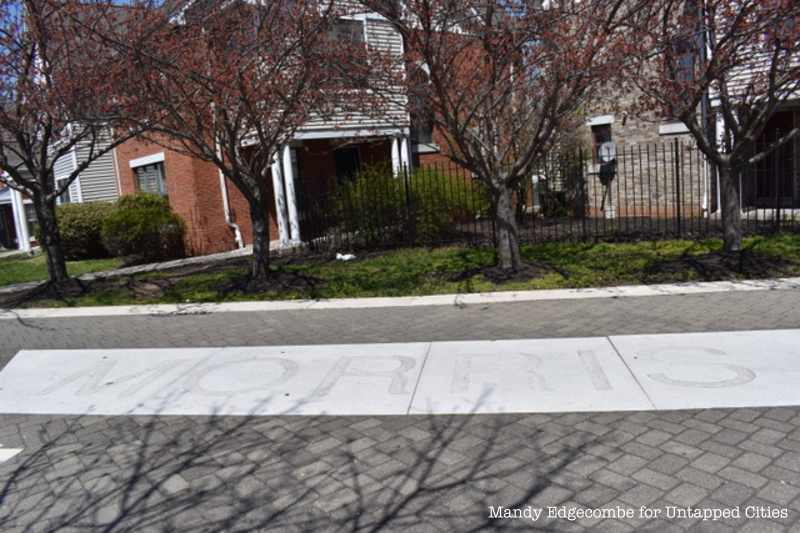4. The Northern Edge of Liberty State Park Follows the Old Morris Canal

The old Morris Canal used to run 109 miles from the Delaware River in Philipsburg, New Jersey, through Jersey City to the Hudson River, and south to New York Bay through Bayonne. When the canal was connected to Jersey City in 1836, the shipment of “black gold” from northeastern Pennsylvania to the growing industrial city of Manhattan boomed.
By way of the Morris Canal, designed by Morristown engineer George P. MacCulloch, coal was transported from the anthracite coal fields of PA, through New Jersey and over to Manhattan on flat-bottom boats. The warehouses and freight yards of Jersey City, manned by Irish day laborers, played a key part in the shipment process, getting raw materials to and finished products from the industrial factories of city of New York. It was nicknamed the “Mountain Climbing Canal” due to its 1,674 foot change in elevation, an engineering feat accomplished by a series of locks and inclined planes.
With the development of the railroads in the northeast, the use of the Morris Canal declined. It reached its peak operation after the Civil War, carrying 900,000 tons of coal. Because the canal route took a delivery time of five days, it was eventually overtaken by the introduction of the railroad, which took only eight hours. The Jersey City extension of the canal on the Hudson River waterfront remained the only viable part of the canal after 1871. That year, the Lehigh Valley Railroad leased the Morris Canal to eliminate competition. In 1922, New Jersey took over the canal, except in Philipsburg and Jersey City, and drained it in 1924. The route is listed on the New Jersey and National Register of Historic Places. Morris Canal Working Group is working to preserve the former Morris Canal right of way for conversion into a public greenway.





